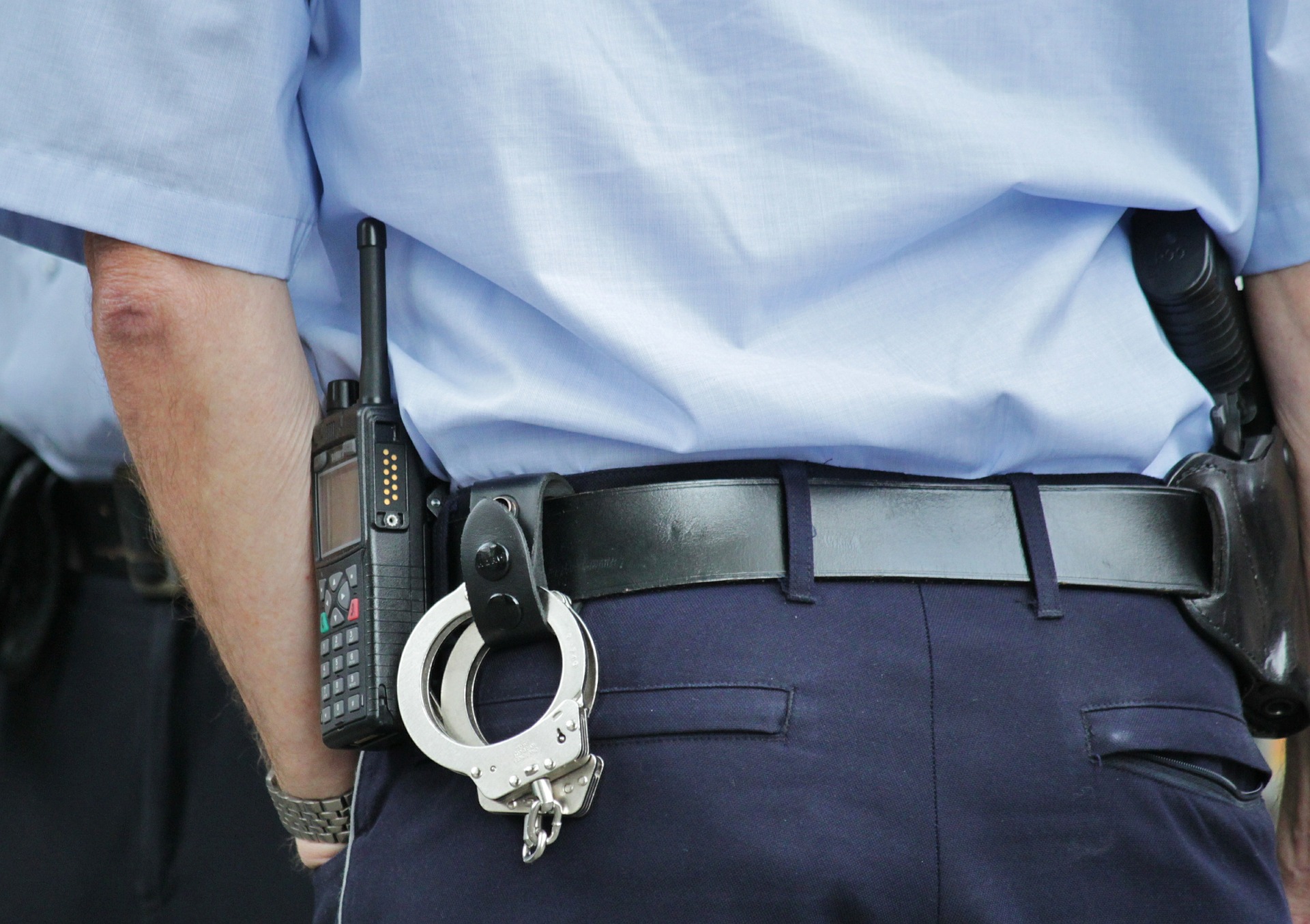American soldiers are provided with extensive training that outlines strict rules of engagement and emphasizes the use of force as a last resort. Why aren’t we providing our police officers with the same level of training?
By Yucel Ors.
Police shootings occur nearly every day in America. Many are justified, but many are unnecessary and avoidable. When investigations ensue, reasonable consideration is given to the fact that an officer may have been justified in the use of deadly force because they followed established protocols and training methods. However, the circumstances surrounding most police shootings in the last decade show that our officers are being provided with inadequate training.
If better training might have resulted in a better outcomes for both officers and victims of police shootings, then why aren’t officers being given the training they deserve?
Each year, nearly 45,000 law enforcement recruits enter state and local basic law enforcement training programs. Depending on state and local laws, most recruits are given approximately 600–800 hours of basic training. These training programs are often similar to military training and involve intense physical demands and psychological pressure. However, our soldiers are provided with extensive training that outlines strict rules of engagement and emphasizes the use of force as a last resort. Our police are not given the same training.
When a recruit enters the police academy, they are taught that they will be putting their lives on the line. They are told that criminals will not hesitate to shoot them, and that the job they are about to take on is one of real danger and sacrifice. What they aren’t often taught is that the vast majority of their encounters with the public will not be not life-threating, and that policing is less about using a weapon than it is about using reasoning skills to de-escalate conflict and keep the peace. The first course of action for any officer during an encounter with an individual should not be to put their hands on their weapon.
Being a police officer is an inherently dangerous occupation, but when governments place an emphasis on the extreme danger police may or may not encounter while on the job instead of emphasizing the vital role of community policing and the duty of officers to protect and serve all citizens, they cripple their officers from the start by instilling during training a warped mentality based on fear and survival. In effect, the training they are provided isn’t just inadequate – it also adds undue stress to a job that is stressful enough as it is. And unfortunately, because of this improper training, police officers then approach their duties with the mindset of warriors as opposed to that of guardians.
How a law enforcement officer is trained to protect his or her community is ultimately the responsibility of local elected officials. City leaders should know exactly how their law enforcement officers are being trained, and what that training encompasses, so that officers can effectively develop the skills needed to protect and serve their communities. While some states may have minimum training requirements for law enforcement officers, local officials should consider bolstering training regimens in areas related to effective leadership, decision-making, and nonviolent conflict resolution so that the use of deadly force is a last resort.
The first step in building trust between police and the communities they serve is to make sure law enforcement training provides the foundation to cultivate police officers as leaders in – and guardians of – their communities. Recently, many states and local governments have changed their laws to require recruits and officers to receive increased training in de-escalation tactics and the use of nonlethal force. City leaders across the nation are joining this movement to change similar laws in their own municipalities. Law enforcement agencies are also looking at new, innovative online training programs for line-level officers to develop leadership and decision-making skills.
This past spring, the National League of Cities released its “City Officials Guide to Policing in the 21st Century” to inform elected officials about the relevant recommendations of the President’s Task Force on 21st Century Policing and provide guidance on how city leaders can work together with law enforcement officials to implement the principles of community policing. The report includes a section on officer training and education that highlights the need for cities to prioritize de-escalation training for officers.
Police officers make sacrifices every day to protect and serve their communities. If city leaders do not provide them with the tools they need to make the best possible decisions in the field, then cities fail to recognize and respect those sacrifices – and they continue to put both officers and the citizens they serve at greater risk every day.
[divider] [/divider]





